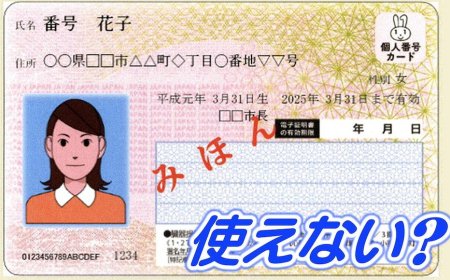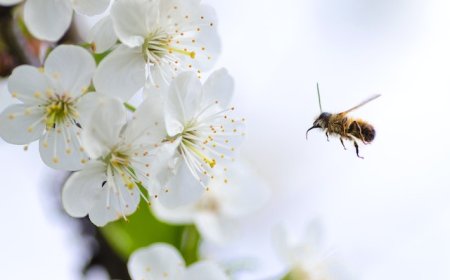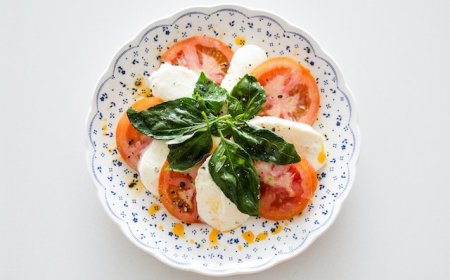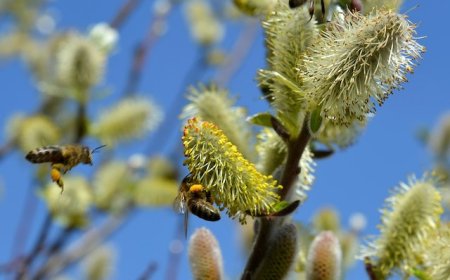Understanding the Difference Between a Hospital and a Clinic in Japan
When seeking medical care in Japan, it's important to understand the distinction between hospitals and clinics. Although both provide healthcare services, they differ in terms of the scale of facilities, types of medical services offered, and the level of care provided.

In this blog post, Injavi will delve into the key differences between hospitals and clinics in Japan to help you make informed decisions about your healthcare options.
1. Scale and Facilities
Hospitals in Japan are larger medical institutions equipped with comprehensive facilities to handle a wide range of medical conditions. They typically have multiple departments, specialized units, and various medical specialties available under one roof. Hospitals have a larger number of beds and are capable of providing intensive care, surgeries, emergency services, and advanced treatments. They also often have advanced medical equipment and technologies.
On the other hand, clinics in Japan are smaller medical facilities that focus on providing primary care and specialized outpatient services. They are usually run by a single doctor or a small group of doctors, catering to specific medical fields or specialties. Clinics are generally more accessible for routine check-ups, minor treatments, vaccinations, and consultations with specialists in specific areas.
2. Medical Services
Hospitals offer a broader spectrum of medical services compared to clinics. Due to their larger size and comprehensive facilities, hospitals can handle complex surgeries, critical care, advanced diagnostic procedures, and treatments for various chronic or acute conditions. They often have multiple specialists from different medical fields collaborating to provide comprehensive care. Hospitals also play a vital role in medical research and education, serving as training grounds for medical students and residents.
Clinics, on the other hand, primarily focus on outpatient care. They provide services such as general health check-ups, vaccinations, preventive care, consultations, and treatments for specific medical conditions or specialties like dermatology, ophthalmology, or orthopedics. Clinics are convenient for non-emergency cases, follow-up visits, and managing chronic conditions.
3. Level of Care
The level of care provided differs between hospitals and clinics in Japan. Hospitals are better equipped to handle critical or emergency cases, providing 24-hour emergency services and intensive care units. They have specialized medical staff and advanced medical technologies to handle complex cases and severe conditions. Hospitals are often the go-to choice for serious illnesses, surgeries, and treatments requiring hospitalization.
Clinics, on the other hand, focus on providing primary and specialized outpatient care. While they can handle certain emergencies or urgent cases, their primary role is to offer routine check-ups, consultations, and treatments for non-life-threatening conditions. Clinics often provide personalized and long-term care, building a closer doctor-patient relationship.
Understanding the distinction between hospitals and clinics in Japan is essential for making informed decisions about your healthcare needs. Hospitals offer comprehensive services, advanced treatments, and specialized care for complex medical conditions, while clinics provide primary care, outpatient services, and specialized consultations for specific medical fields. By understanding the differences and evaluating your medical requirements, you can choose the most suitable healthcare facility to address your health concerns effectively.
Related Products
![【ふるさと納税】スーツケース [PROEVO-AVANT] フロントオー...](https://thumbnail.image.rakuten.co.jp/@0_mall/f405221-oki/cabinet/07205886/ay_sku/ay-s0005_00_v2.jpg?_ex=128x128)








































































































